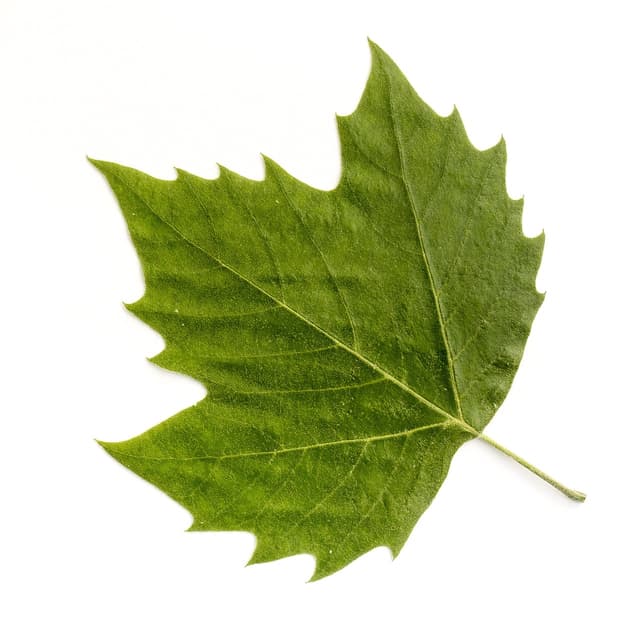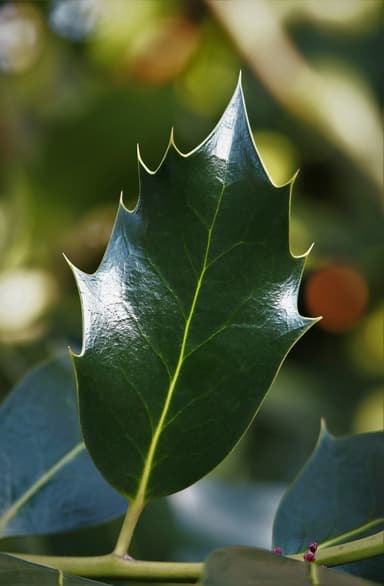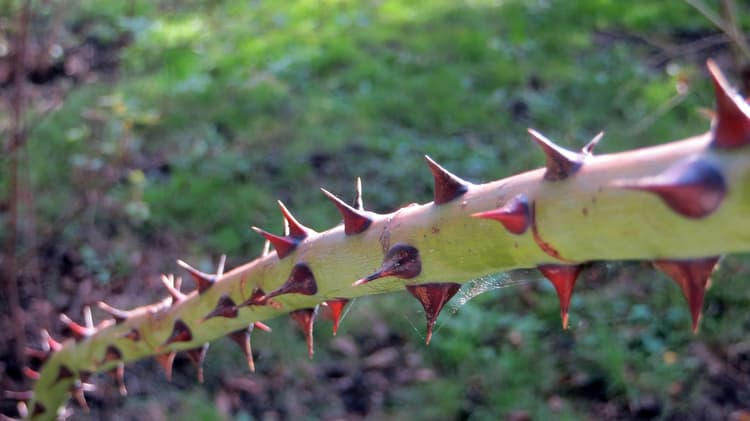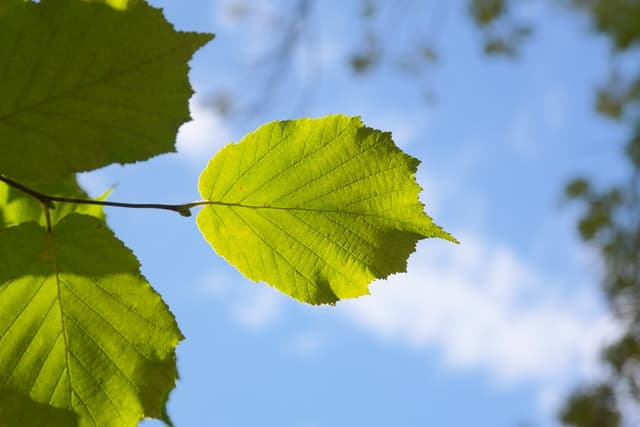Myths about teaching can hold you back
- Year 3
The function of leaves
I can describe why plants have leaves.
These resources were made for remote use during the pandemic, not classroom teaching.
Switch to our new teaching resources now - designed by teachers and leading subject experts, and tested in classrooms.
Lesson details
Key learning points
- Many plants have roots, stems, leaves and flowers.
- Plants can make their own food. This happens in the leaves of a plant.
- Plants make food in their leaves, using sunlight, carbon dioxide and water.
- To investigate why plants have leaves, a plant with leaves removed can be observed over time.
Keywords
Leaf - A leaf is the part of a plant where the plant makes its food using the process of photosynthesis.
Function - The task that something has is its function.
Carbon dioxide - Carbon dioxide is a type of gas that is in the air around us.
Photosynthesis - The way in which plants make food in their leaves is called photosynthesis.
Observation over time - In an observation over time investigation, we observe and record how something changes over a period of time.
Common misconception
Pupils may think that a plant’s leaves are for the collection of water, due to their shape and the way we often appear to pour water over the leaves when we water plants.
Use the lesson resources to explain that the function of the leaves is to make food for the plant.
To help you plan your year 3 science lesson on: The function of leaves, download all teaching resources for free and adapt to suit your pupils' needs...
To help you plan your year 3 science lesson on: The function of leaves, download all teaching resources for free and adapt to suit your pupils' needs.
The starter quiz will activate and check your pupils' prior knowledge, with versions available both with and without answers in PDF format.
We use learning cycles to break down learning into key concepts or ideas linked to the learning outcome. Each learning cycle features explanations with checks for understanding and practice tasks with feedback. All of this is found in our slide decks, ready for you to download and edit. The practice tasks are also available as printable worksheets and some lessons have additional materials with extra material you might need for teaching the lesson.
The assessment exit quiz will test your pupils' understanding of the key learning points.
Our video is a tool for planning, showing how other teachers might teach the lesson, offering helpful tips, modelled explanations and inspiration for your own delivery in the classroom. Plus, you can set it as homework or revision for pupils and keep their learning on track by sharing an online pupil version of this lesson.
Explore more key stage 2 science lessons from the What plants do and what they need unit, dive into the full primary science curriculum, or learn more about lesson planning.

Equipment
See Additional material.
Content guidance
- Risk assessment required - equipment
Supervision
Adult supervision required
Licence
Prior knowledge starter quiz
6 Questions
Q1.What is the name for this part of a plant?

Q2.Which of these are leaves?






